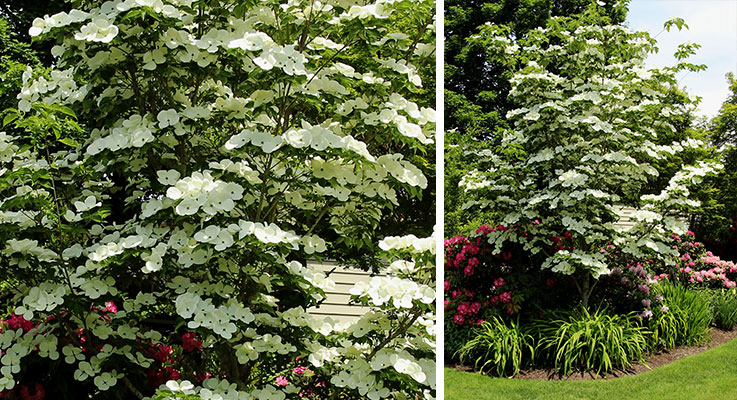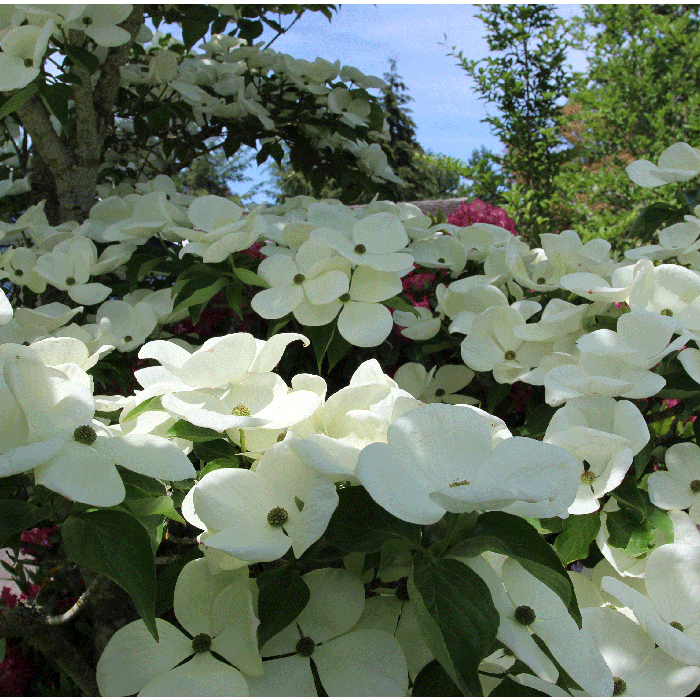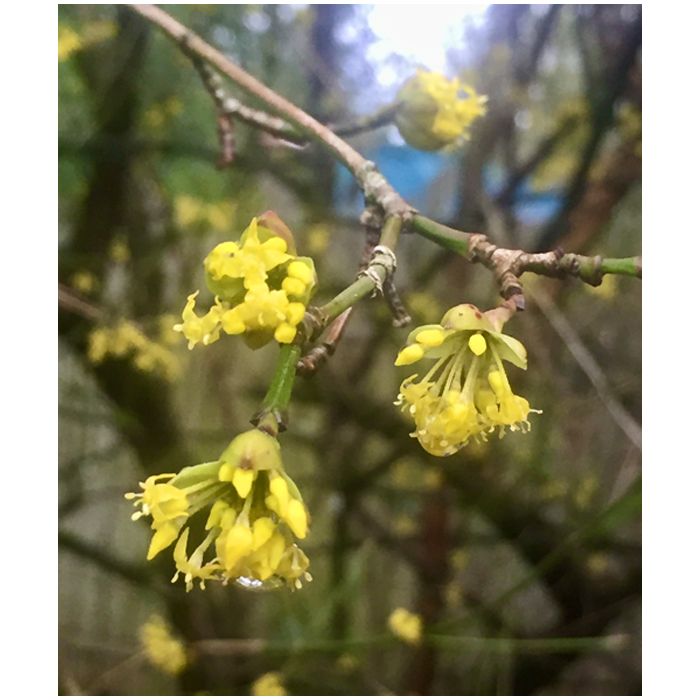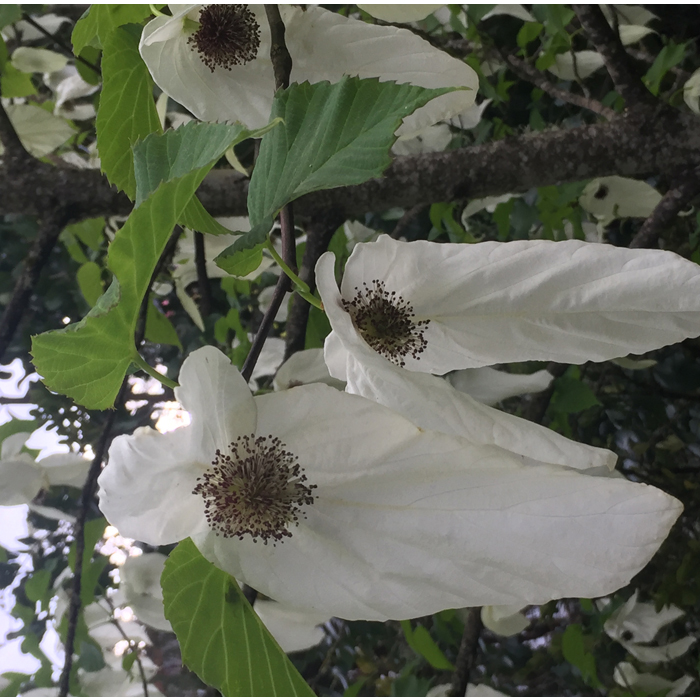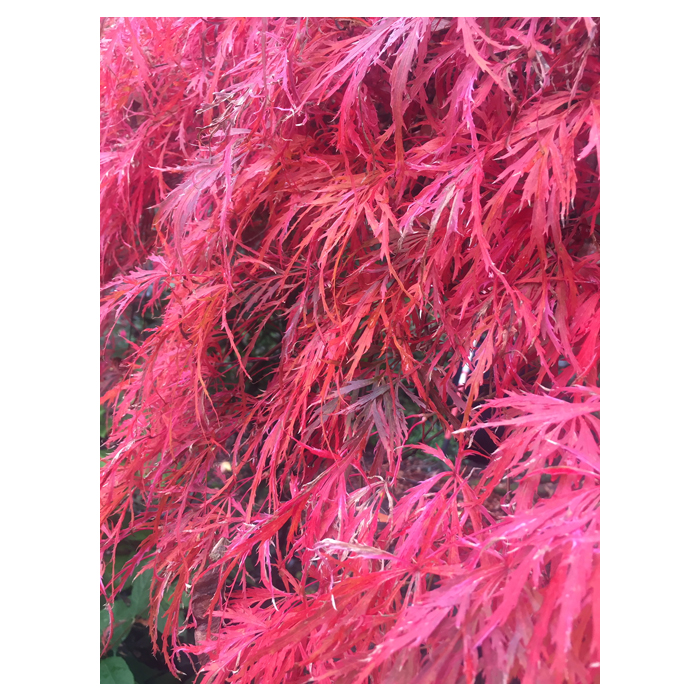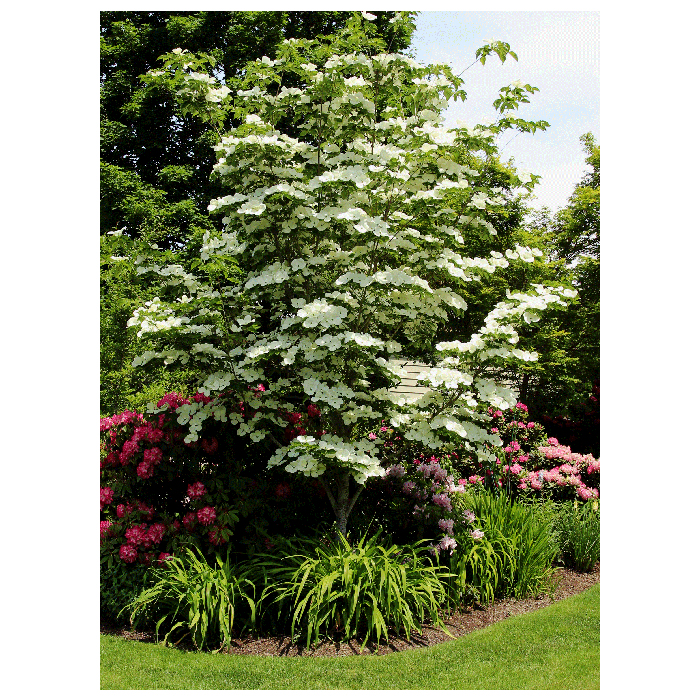Trees provide numerous benefits for all of us.
They give us shade, provide food and shelter for wildlife and us, help hold the soil together with their roots, provide lumber for our homes, help to cleanse the polluted air, and give us a feeling of peace and tranquility. Perhaps Henry David Thoreau said it best: “I took a walk in the woods and came out taller than the trees.”
The list of tree benefits could go on, but it is safe to say that our planet could not survive without them.
Living here in the Pacific Northwest, we are certainly fortunate to have a bountiful selection of trees. I can think of no other region that offers such diversity. We probably all have favorite trees, but listing a favorite tree is like listing a favorite plant — it can change within a short time.
Nevertheless, here are some of my favorite trees. All of these selections perform well in our region.
Beautiful blooms
The first two selections are very diverse trees from the dogwood genus Cornus. These two trees are physically so different that it is difficult to think of them as relatives. Here it is, mid-March, and C. mas is in full bloom and has been for about two weeks.
This deciduous tree has clusters of yellow flowers that appear on bare stems and is the earliest tree to bloom in my garden. The early flowering is not the only attribute of this tree. In the late summer and early fall, bright red cherry size fruits appear and will hang on the tree until the birds or squirrels eat them. Its fall leaf color is a mix of green and yellow.
The second dogwood is C. kousa ‘Venus’, which when in bloom in late spring and early summer, is one of the most spectacular dogwoods I have ever seen. The flowers are technically bracts, of which there are four, with the actual flower being like a tiny greenish button in the center of the bracts.
The white bracts tend to be along the top of the branches, above the leaves, and when the tree is in full bloom, the leaves are almost invisible. Small red fruits appear in the fall and are a good source of food for birds. The leaves turn red in the fall and provide some wonderful fall color.
To have the dove tree, Davidia involucrata, in bloom, was often considered a feat in any garden. Like the C. kousa ‘Venus’, what we often consider flowers are actually bracts. In this case, there are two bracts with small red-anthered flowers between them.
This tree has two common names. One is “dove tree,” because the flowers can resemble white doves resting on green leaves. The other common name is “handkerchief tree,” because the white bracts hanging on the branches and fluttering in the wind look like a handkerchief. It is a beautiful sight to see this tree in bloom because the white bracts offer a striking contrast to the dark green leaves.
However, beautiful in bloom as it is, the dove tree never became a popular garden plant because it could take 10 years or more for it to bloom. Some years ago, a new cultivar was developed called ‘Sonoma’ and, good news for gardeners, it will usually bloom when just two years old. This tree planted in my front garden and when in bloom, it is common for people to stop and ask what it is.
An extraordinary Japanese maple
The number of Japanese maples that are available is vast, and it is difficult to single out just one. There are many growing in my garden, and none that I dislike.
However, for one that is slow-growing and suitable for growing in a container, it would be hard to beat Acer palmatum ‘Fairy Hair’. Introduced by Talon Buchholz of Gaston, Oregon, this has been in a large pot on our deck for many years.
The leaves are extremely narrow, threadlike, almost like leaf veins. When the new leaves appear in the spring, they are an orange-red and then turn to green. The leaves are green all summer and, in the fall, they turn fire red.
This is an ideal candidate as a potted plant on a deck or patio, especially where there is limited space for large growing plants. The plant on my deck receives quite a bit of hot afternoon sun and it would probably grow better if it got some afternoon shade. The slightest breeze makes the fine leaves flow with the wind.
Beauty at a different time
Sometimes trees are overlooked because their outstanding features do not appear during the time when most people are visiting other gardens and garden centers.
Euonymus europaeus or spindle tree, often more like a large shrub, is such an example. In the spring, it has clusters of rather non-descript small white flowers and throughout the summer, it looks like a large green shrub. Then in the fall, the flowers mature and reveal brightly colored seeds.
Another example is the cultivar ‘Aldenhamensis’ which is very vigorous and has been in my garden for many years. The seeds become bright pink and orange fruits, and when this deciduous tree loses its leaves, they provide some outstanding color on the bare branches. This is a very low-maintenance plant and requires only minimal care with some occasional pruning for shape.
Olives that survive the winter
Olive trees, Olea europaea, should also be mentioned. It has only been in recent years that olive trees have become readily available in local garden centers because it was previously thought that they would not survive in our climate.
There are new cultivars on the market and many of them seem to do well here. About eight years ago, I planted three of the cultivar ‘Arbequina’ in a space between our house and a neighbor’s. This space is on a slope and gets hot afternoon sun. I gave them some supplemental water during the first year, but none after that.
‘Arbequina’ trees are about seven feet tall and equally as wide. They are quite dense and provide a nice privacy barrier between our two homes. The trees are attractive throughout the year with their evergreen silvery-green foliage.
A couple of winters ago when we had some very cold weather, there was tip burn on some of the branches, but nothing major. During the very hot weather we had last summer, the trees received no supplemental water and with the blazing afternoon sun upon them, they thrived. Thus, it appears that olive trees may actually do well in this climate.
Just for starters
The listing of favorite trees could continue because we have so many to choose from, but hopefully this short list will provide some ideas next time you need something for your yard. Please be sure to keep in mind the tree’s growth habit and future size. It’s important to make a good choice for the location. Your local garden center or landscape service provider can give you information and advice. I urge you to tap into their expertise.

